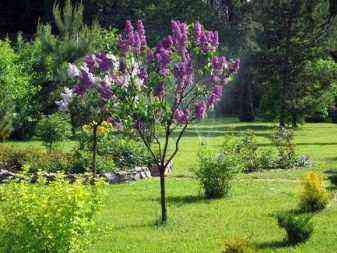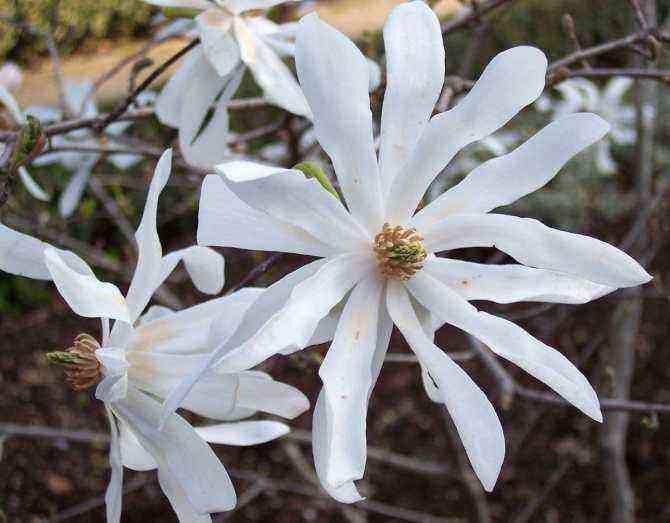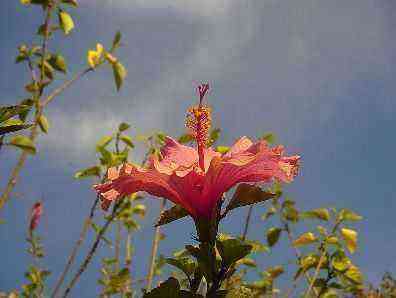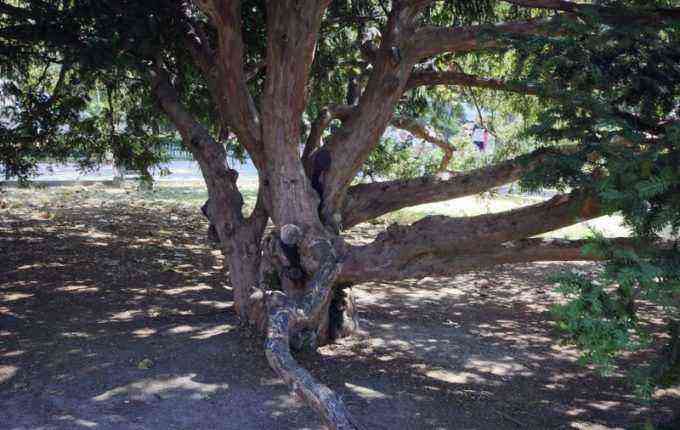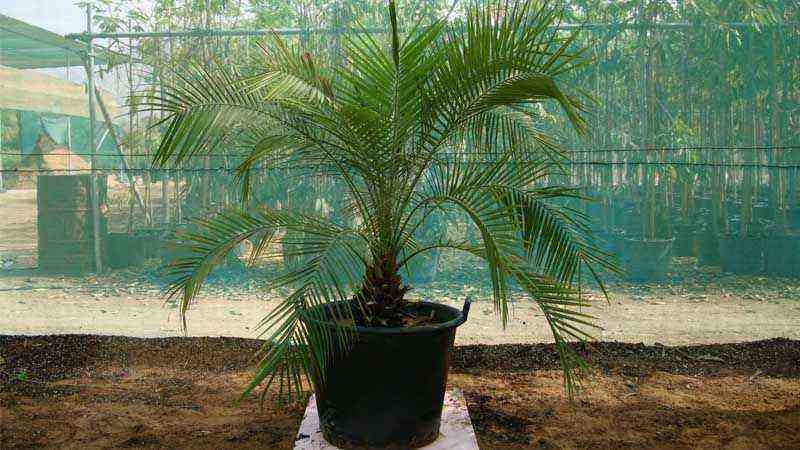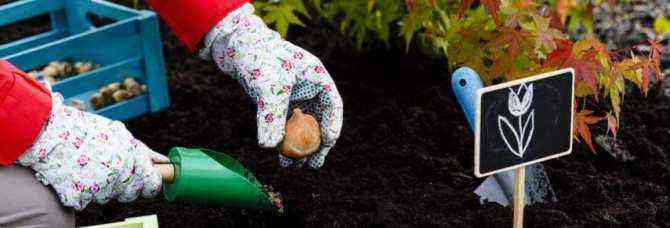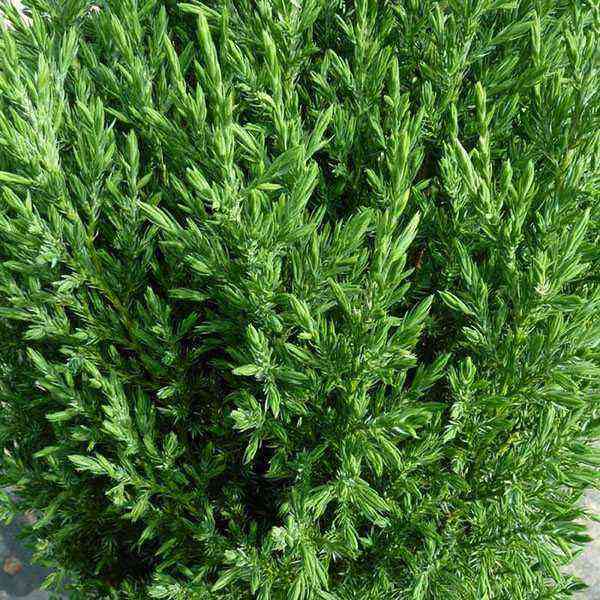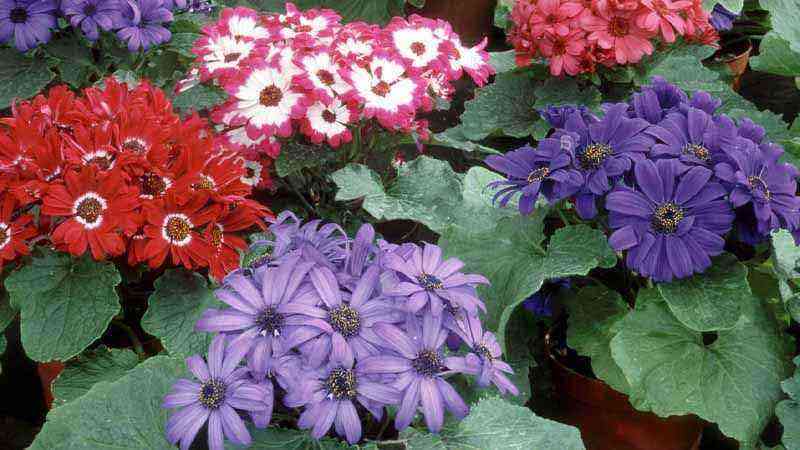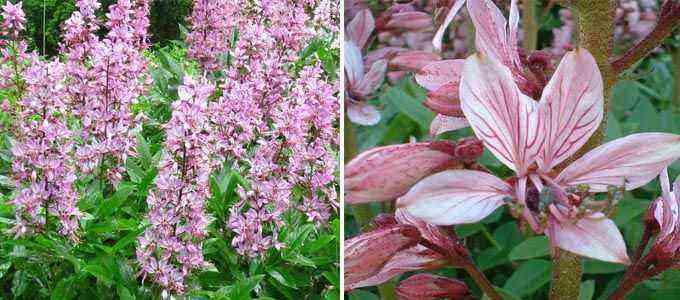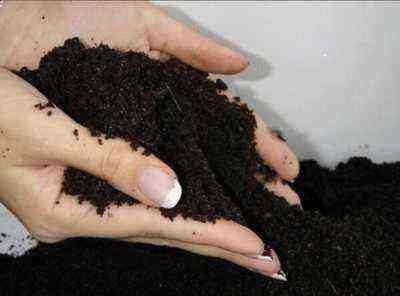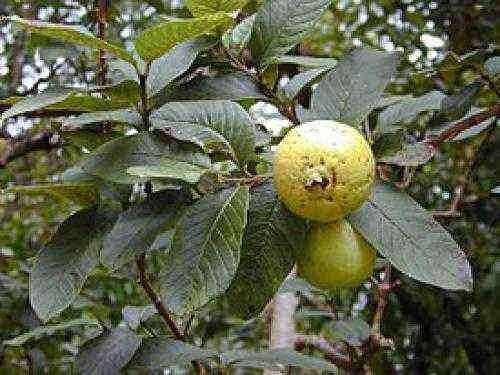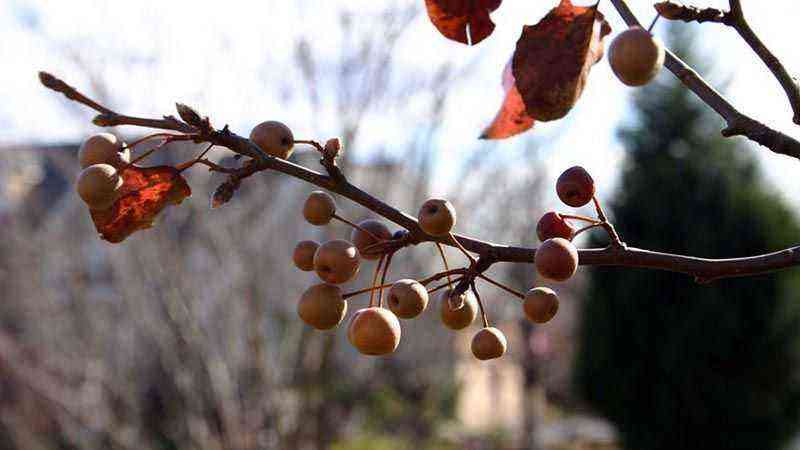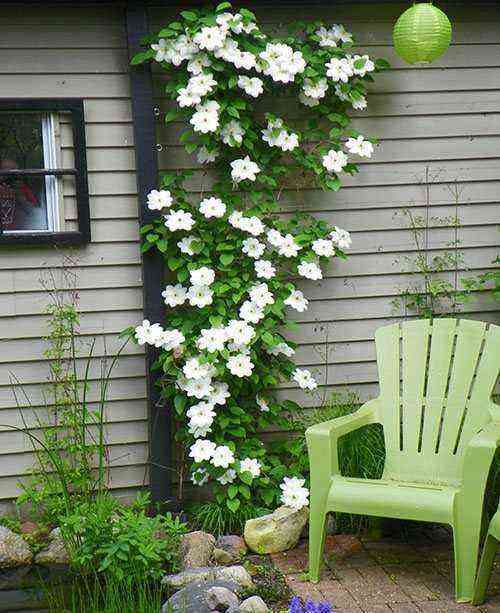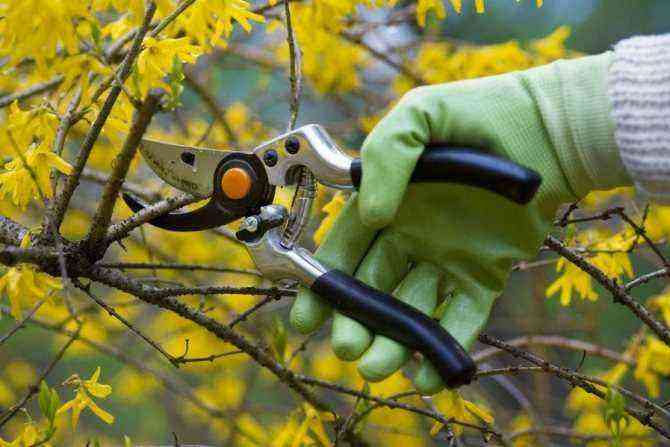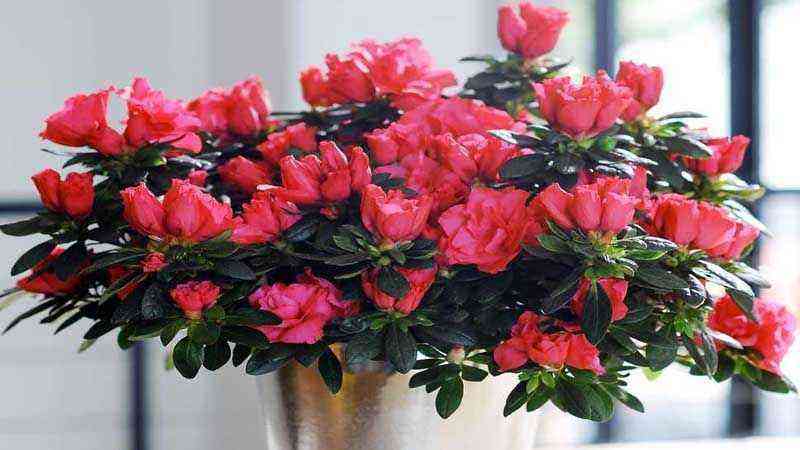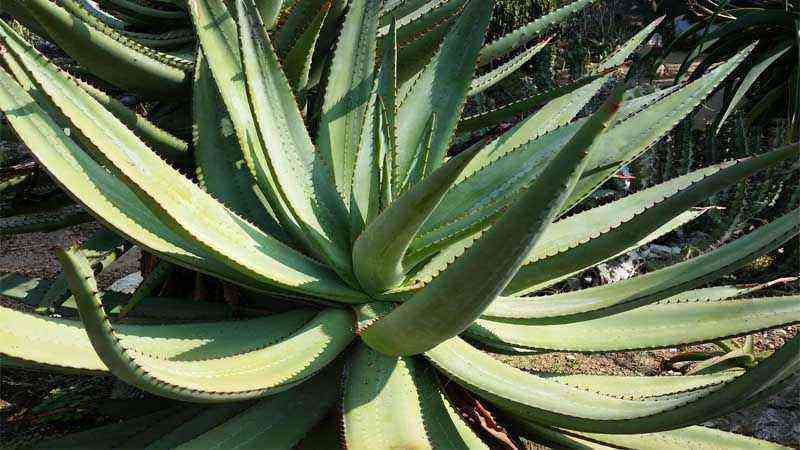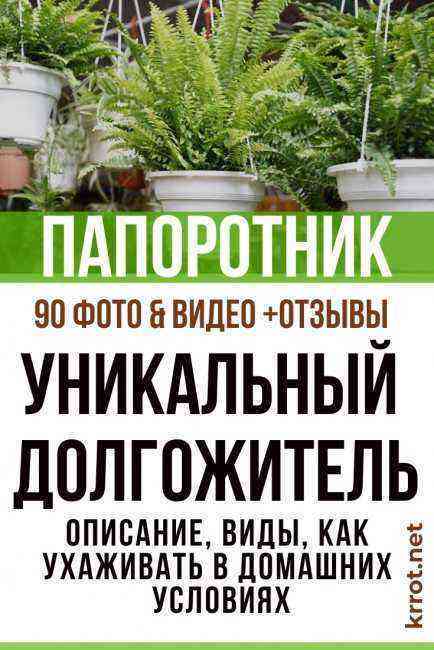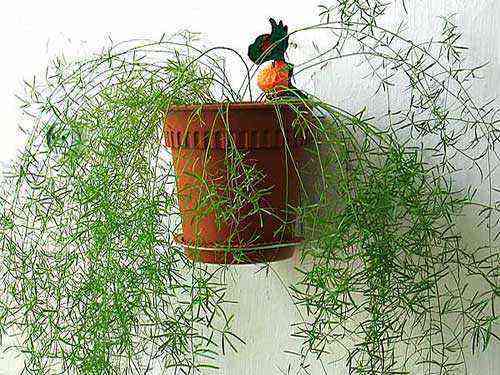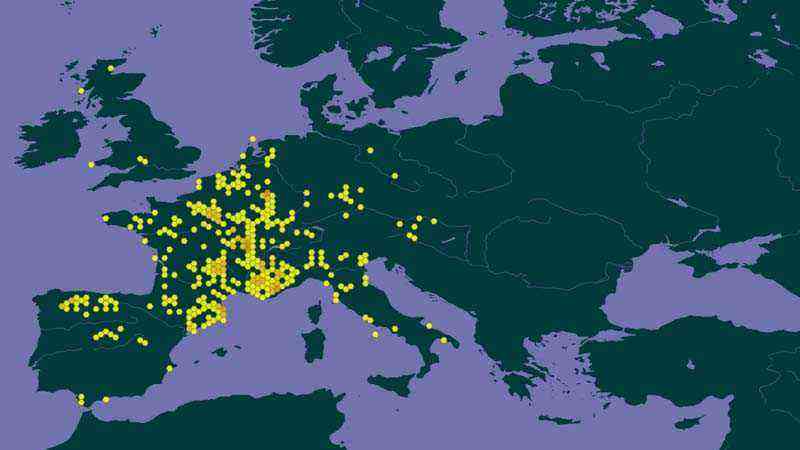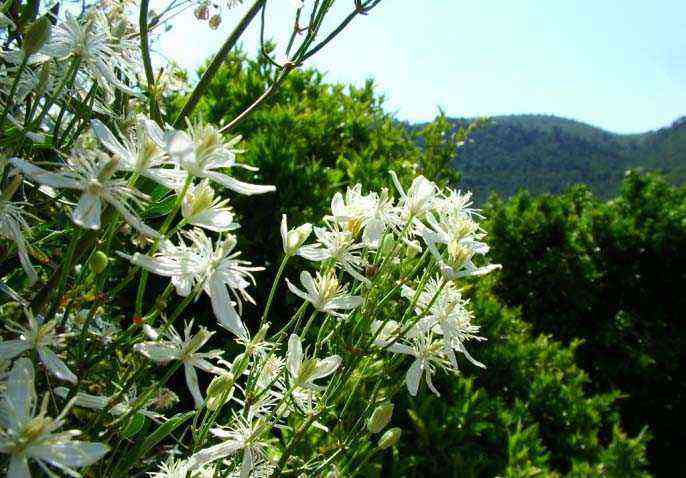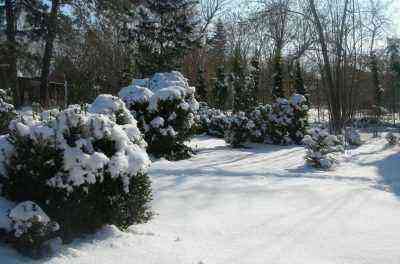The Syrian rose, South Korea’s national flower
Today Agromatic we tell you about the Syrian rose (Hibiscus syriacus). It is such an important ornamental that it is part of the flag and the anthem of this country. It is clear that it is not a normal rose.
Given its importance in today’s civilization, why not incorporate it as a plant in our garden? We learn you how to make it!
Of course, the rose of Syria being the national flower of South Korea, was to have an Asian origin. It is quite different from the rose bushes we are used to, since it can reach between 2 and 4 meters in height.
It produces very showy flowers of great ornamental value from summer (July) to autumn, which if you pluck them to take them home last only one day.
With this mini descriptive information of the Syrian rose now we have to move on to cultivation techniques. Let’s see what care the Hibiscus syriacus.
What climate does the rose of Syria adapt to?
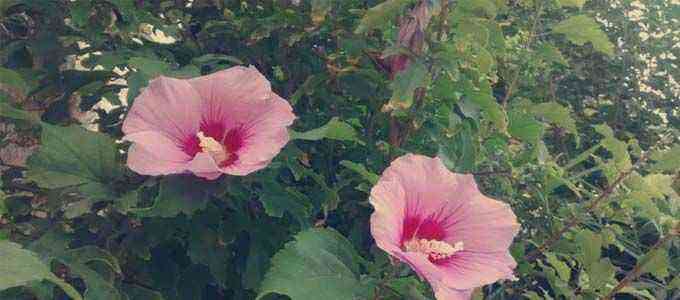

This herbaceous of the family of malváceas it is used to hot environments and high temperatures. In your garden, you have to find a place that does not generate shade and where it has very good lighting. Being deciduous, it withstands low temperatures better, so we could say that it is moderately resistant to cold.
Preparing the ground before planting
The Syrian rose is able to adapt to different soils. Specifically, it supports soils with a basic pH, and even supports soils with salt content (although it will slightly reduce its development).
But you have to have some considerations before planting and that is to add a good amount of allowance, whether of an animal type (manure), compost, vermicompost, etc. It mixes with the soil and forms an ideal environment for planting the Syrian rose.
As for the irrigation and the necessary humidity, we see it below.
Moisture and watering needs of the Syrian rose
The gender hibiscus to which belongs the Syrian rose, in general, they usually ask enough water and they require a lot of humidity. A shortage of water affects the growth and the greenness of its leaves. If there is a lack of water, you will see it in its leaves.
However, for our part we do not want to check it, so we will water with intensityd and frequently, especially during flowering (summer to fall).
Also, what you can do is, since you have organic matter in the soil that increases the humidity, padding around the stem and you will see how the rose of Syria appreciates it.
The subscriber, at the height of the irrigation
It is these last two factors that must be taken into account the most, irrigation and fertilizer. Requires a good dose of potassium, which, as we already know, regulates the flowering and fruiting of our garden plants.
In the types of subscription we mention some with potassium content. We also said a long time ago how we could find out mineral deficiencies in plants, and it is a good way to control deficiencies.
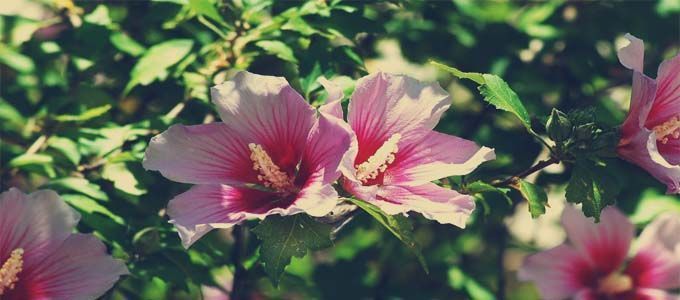

The multiplication of the Syrian rose
There are different ways to spread the Hibiscus syriacus, either seeds or by vegetative reproduction, cuttings y acodos. The seeds have the disadvantage that not all plants of this species produce seeds that can germinate.
You can try it, and if you see that you can’t, try it cutting, which in this case is not difficult to multiply.
The best cuttings are those from fresh stems, without being entirely woody. The method consists of inserting the cutting into some substrate, either with rooting hormone or not and wait between 4 and 6 weeks for it to root.
At all times you have to maintain adequate levels of humidity, lighting and temperature (do not allow sudden variations in temperature and please put a transparent plastic bag to create a “mini greenhouse”).
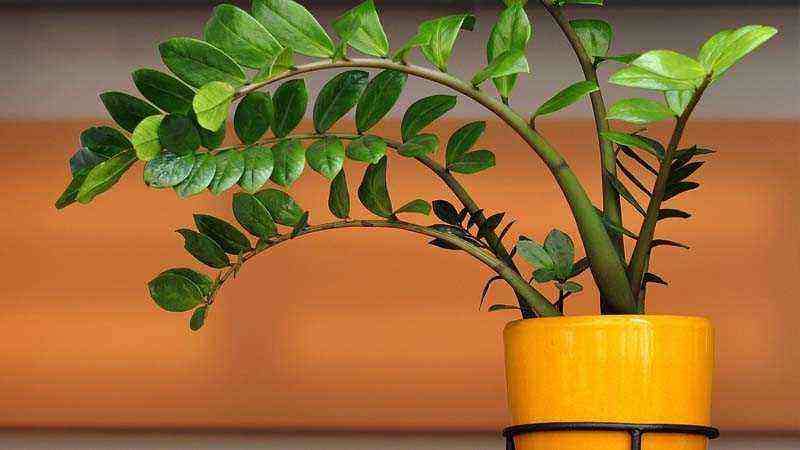
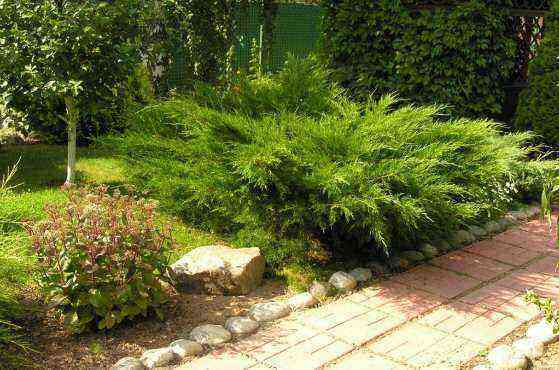
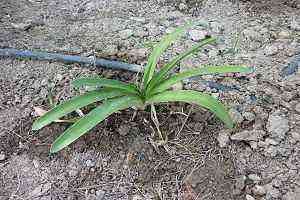

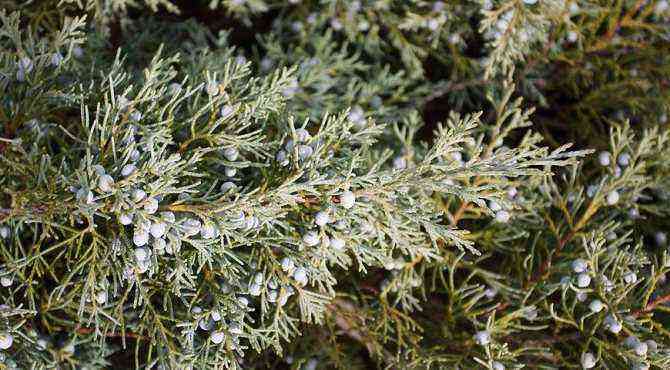
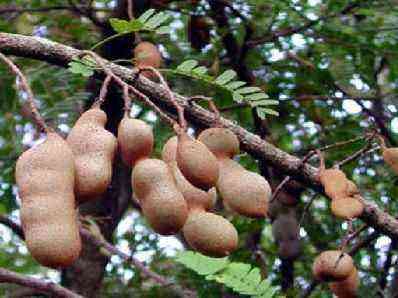
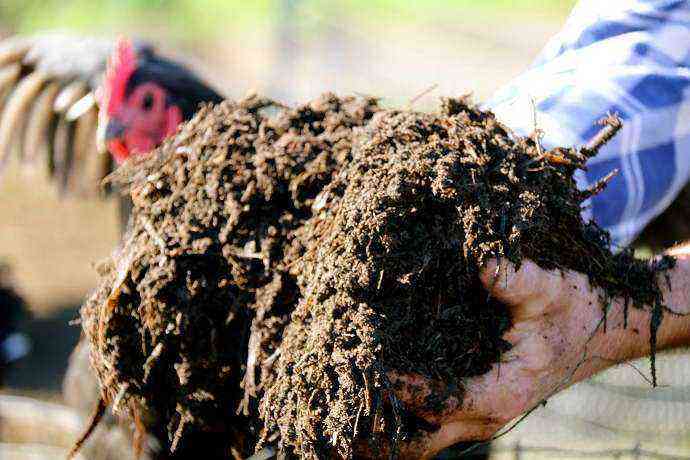
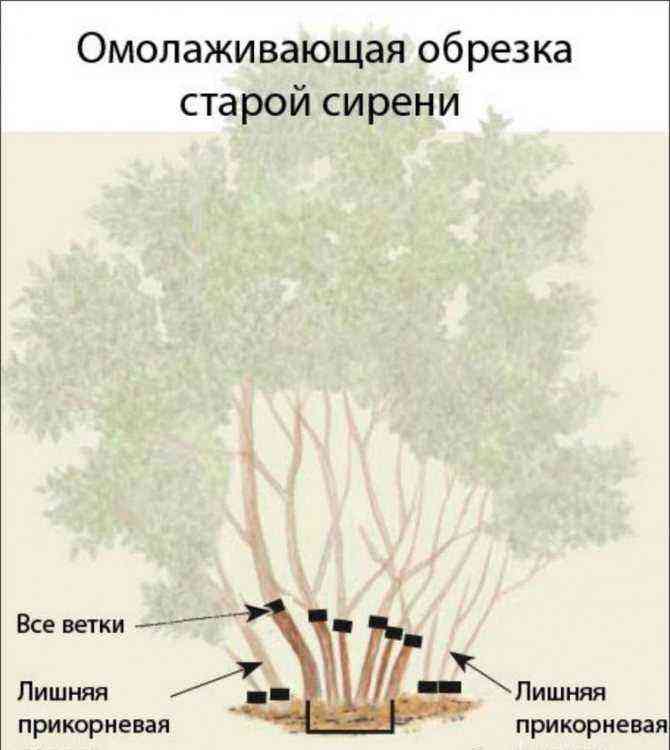
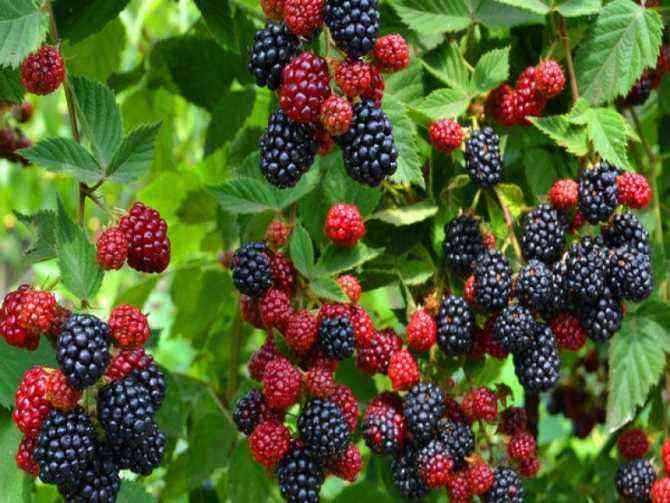
![Cultivo de Magnolia stellata [magnolia estrellada] Cultivo de Magnolia stellata [magnolia estrellada]](https://farmer-online.com/wp-content/uploads/2021/05/Cultivo-de-Magnolia-stellata-magnolia-estrellada.jpg)




